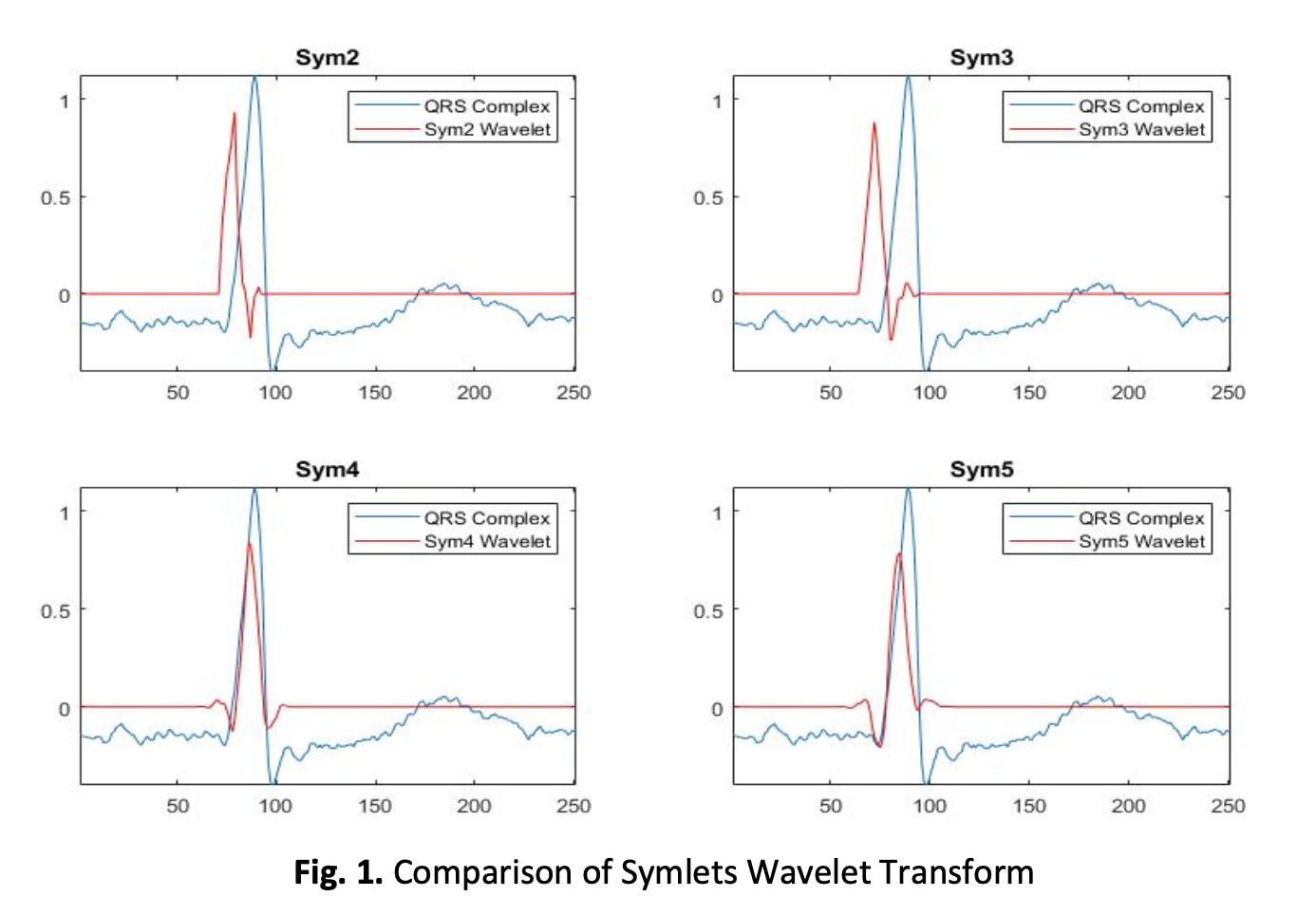QRS Detection Based on Discrete Wavelet Transform for ECG Signal with Motion Artifacts
DOI:
https://doi.org/10.37934/araset.40.1.118128Keywords:
QRS detection, Electrocardiogram signal, Motion artifacts, Discrete wavelet transformAbstract
Motion artifacts in ECG signals recorded during physical exercises activities can affect the diagnosis of arrhythmia. To minimize the faults in arrhythmia detection, it was important to choose accurate algorithm for detecting QRS in ECG signal with noises produced during physical movements of the patients. Therefore, choosing the QRS detection algorithm with good competency for the signal affected by noises and motion artifacts is needed for arrhythmia detection analysis. The QRS detection based on Discrete Wavelet Transform was implemented and presented in this paper. The performance of the algorithm was assessed using the MIT-BIH Arrhythmia Database and MIT-BIH Noise Stress Database. For the MIT-BIH Arrhythmia database, the average Sensitivity (Se) and positive Predictivity (+P) of the algorithm were 98.24% and 98.61%, respectively. The algorithms had a lower average false negative rate (FNR) than the pan Tompkins algorithm when applied to the MIT-BIH noise stress test database, which was 0.033% for record 118 and 0.032% for record 119, respectively. The results demonstrated that the algorithms perform well when dealing with arrhythmia data and motion artifact at various levels of signal to noise ratio.
Downloads




























